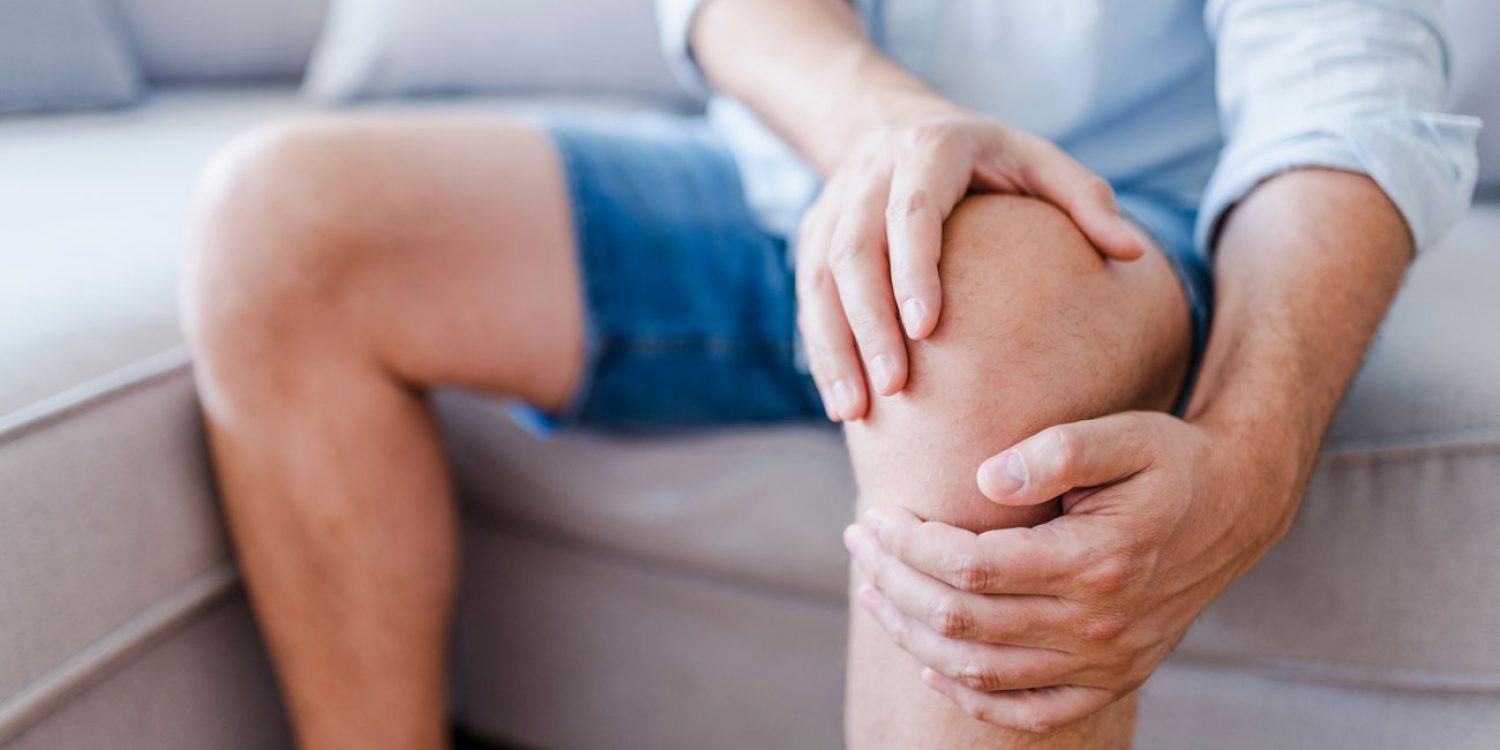Arthritis is an umbrella term used to refer to a group of over 100 different types of joint related diseases that result in pain, swelling and tenderness of the joints. Arthritis is very common among adults, currently impacting 1 in 4 adults and is creating cause for alarm not only because of the prevalence but also because of its disabling and debilitating nature. The impact arthritis can have on our mobility is largely attributable to the symptoms that typically accompany arthritis, such as pain and stiffness which can lead to declines in mobility and ultimately, disability. In fact, arthritis is among the top three causes of disability.
While there are over 100 different types of arthritis, Osteoarthritis (OA) is the most common form and the most prevalent among adults 65 and older. It is commonly known as “wear and tear” arthritis as the cartilage becomes broken down and wears away, leaving you with bone on bone or nearly bone on bone contact in your affected joints. OA most frequently occurs in the hands, hips, and knees, all joints that highly impact our ability to carry out our activities of daily living.
As we age, we experience a natural deterioration or breakdown of the cartilage that acts as a cushion between the heads of 2 bones. This cartilage is essential for frictionless movement! In other words, without this cartilage we are going to experience pain with movement. There are many factors that can impact the breakdown of this much needed cartilage and among them are age, gender, genetics, overuse from repetitive sports or jobs and previous injuries. Another key risk factor for the development and progression of OA is weight status.
Arthritis and Weight
One of the greatest differences among the baby boomers and past generations is the increasing rates of obesity. Currently, more than 1 in 3 adults are considered overweight and more than 2 in 3 adults are considered either overweight or obese. What does this have to do with arthritis? Being overweight or obese has been identified as a clear marker for increased risk of developing arthritis and more specifically, OA. Individuals who are obese are 60% more likely to have a diagnosis of Arthritis compared to individuals who aren’t overweight or obese. In fact, the number one modifiable risk factor for the development and progression of OA is weight status. The great news here is that you have the power to do something about it!
It is clear that excess body weight contributes to the development and exacerbation of OA and the more you weigh, the greater the risk. In fact, the increase in prevalence of OA over the past decades is attributed to the rise in obesity. Research has even shown that being overweight by just 10 pounds is like adding 15 to 50 pounds of pressure to your knee joints. Excess weight and pressure on your joints can certainly accelerate the breakdown of cartilage and compromise your joint structure. Not only is the excess stress on your joints enough to harm them alone but fat itself is thought to produce and release a protein that causes inflammation. Inflammation has been identified as the primary cause of arthritis-related pain. Furthermore, chronic inflammation or prolonged inflammation is also a risk factor for developing OA. Managing your weight to avoid becoming overweight or to lose extra weight is one of the single, most important things you can do for yourself to help prevent arthritis and OA.
Exercise and Arthritis
When you are experiencing deterioration of the joints one of the most important goals is to build strong muscles that surround the joints to help protect the joint and improve mobility. Physical activity is recommended for individuals with arthritis for a multitude of reasons, including: pain management, decreased risk of disability, improved function, disease progression management, improved health related quality of life and weight loss. Whew! That’s an impressive list of benefits that come from being active. Most treatment and management efforts aim to address arthritis-related pain by increasing joint mobility or range of motion, strengthening the muscles surrounding the joint and educating the individual on methods of pain management such as exercise.
However, exercise gets slightly more complicated when managing arthritis. Arthritic symptoms are often reported as a barrier to exercise. For example, individuals with arthritis may shy away from morning exercise when their joints are still stiff and achy. You can attempt to overcome this by doing light stretching and simple movements to warm up your joints first thing in the morning. This will help you move with greater ease and less pain. Movement is so important for individuals with arthritis also because of the additional health risks physical inactivity comes with. Regular exercise is one of the most effective ways to reduce pain, improve function, and manage arthritic symptoms.
Learn More!
These are just a couple of ways that exercise can positively impact arthritis and management of its symptoms. If you or someone you know would like help getting started with exercise and movement for arthritis, we have you covered! Join us for one of our live workshops this month where we take a deeper look at common symptoms of arthritis and how movement and exercise can help!


